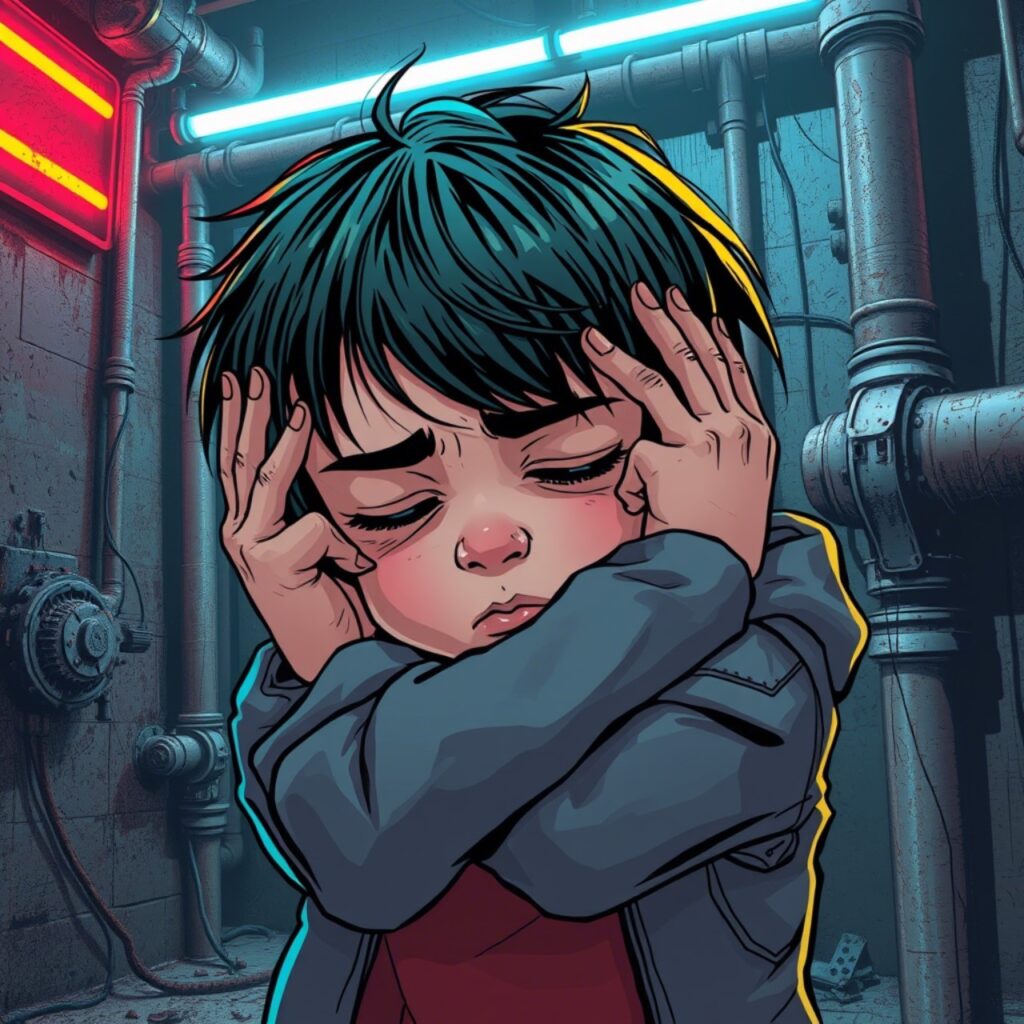
Suramin and the Autism Switch: What If the System Was Never Broken?
Before You Read: A Note on Hope and Humility
If the system can respond, the system is not broken. And if it’s not broken... it can be rebuilt.

Before You Read: A Note on Hope and Humility
This is not an easy post to write. And it shouldn’t be.
Because when you write about autism or ADHD—or anything involving children, identity, and neurology—you don’t get to be flippant. You don’t get to peddle false hope or simplify suffering into “a gut thing.” You don’t get to pretend you’ve found the cure when no one else has.
But here’s what you do get to do:
You get to ask what if?
You get to follow a thread—carefully, humbly—across years of journals, failed treatments, and buried science. You get to wonder why a 100-year-old drug like Suramin could temporarily switch off the chaos of autism in a single dose—and what that says about the condition’s origin.
And you get to trace what it might mean when microbial therapies, like fecal transplants or fermented tonics, don’t just help… they sometimes last.
Start here. This is the spectrum logic that reframes it all.
It shows how ADHD, autism, anxiety, and trauma sit on one shared map—tied to inflammation, not identity.
Meet the microbial trio that governs connection.
Akkermansia, Roseburia, Faecalibacterium. When they vanish, the lights go out in the social brain.
The molecular paranoia switch.
When ATP floods the system unchecked, the body acts like it’s still in danger—even when it’s safe.
Same collapse. Two survival strategies.
One runs. One hides. Both are warning flares from a brain trying to adapt.
This is the nucleus. The moment of clarity.
What if dopamine, serotonin, and melatonin are all downstream of microbial peace?
One axis. Three collapses.
Learn how inflammation, leaky gut, and lost bacteria unravel the body’s natural rhythm.
You can’t heal a system if its alarms never shut off.
Here’s why your body stays stuck in red alert—and what quiets it.
What If Autism Isn’t Broken Wiring—But Jammed Signaling?
That’s the thread we followed.
The drug Suramin was never intended to treat autism. It’s an old antiparasitic from 1916. But in a small trial, it did something extraordinary: it gave temporary, profound relief to some children with autism.
Speech returned. Eye contact improved. Repetitive behaviors dropped.
But only for a few weeks.
Then the symptoms came back.
This wasn’t a cure. It was a flicker. A switch. But it hinted at something enormous:
If symptoms can go away—
Even for a moment—
Then maybe the system isn’t broken.
It’s jammed.
Suramin works by blocking something called purinergic signaling—the cellular danger alarm that floods the body when it perceives chronic threat. In many kids with autism and ADHD, this signaling is stuck on. The cells are constantly screaming “danger” even when none is present.
The immune system goes on high alert. The brain gets locked in defensive mode. And normal development—the ability to connect, learn, speak, settle—gets postponed.
Not broken.
Postponed.
The Microbial Mirror: A Missing Trio
Here’s where it gets wilder.
Across multiple studies—from China to Sweden to California—researchers began noticing something strange. In many children on the spectrum, a specific group of gut microbes were consistently missing or severely depleted:
- Akkermansia muciniphila
- Roseburia spp.
- Faecalibacterium prausnitzii
These aren’t just random names. Together, they form what we’ve come to call the Love Bacteria—a trio that helps regulate immune response, calm inflammation, fuel the gut wall, and even produce compounds that influence mood and myelination.
When this trio vanishes, the gut becomes inflamed, leaky, and reactive. The immune system misfires. Danger signals increase. And the developing brain—especially in sensitive children—goes into retreat.
The parallel is impossible to ignore:
Suramin blocks the danger signal.
This trio prevents the danger signal.
Terrain, Not Diagnosis
We’re not saying autism is “just gut-related.” That would be naive and wrong.
We’re saying this:
The terrain—the microbial, immune, and metabolic environment—shapes the way the brain develops.
When that terrain collapses, signals jam.
And when signals jam, symptoms follow.
This opens a different kind of door.
Not one of blame.
One of biology. One of possibility.
A Final Thought
This post isn’t a promise. It’s a proposal.
It’s not a shortcut. It’s a slow map—a breadcrumb trail of studies, observations, and healing patterns. It’s the start of a wider thesis: that autism, ADHD, trauma, and even modern autoimmune storms may all be branches of the same tree.
The goal isn’t to erase neurodiversity.
The goal is to understand when neuroinflammation is speaking in its place.
And if something as old as Suramin can give us a glimpse of the calm beneath the storm, then maybe the next step isn’t synthetic at all.
Maybe it’s biological.
Microbial.
Human.
We don’t claim to have the answer. But we believe this with everything we’ve got:
If the system can respond, the system is not broken.
And if it’s not broken… it can be rebuilt.
